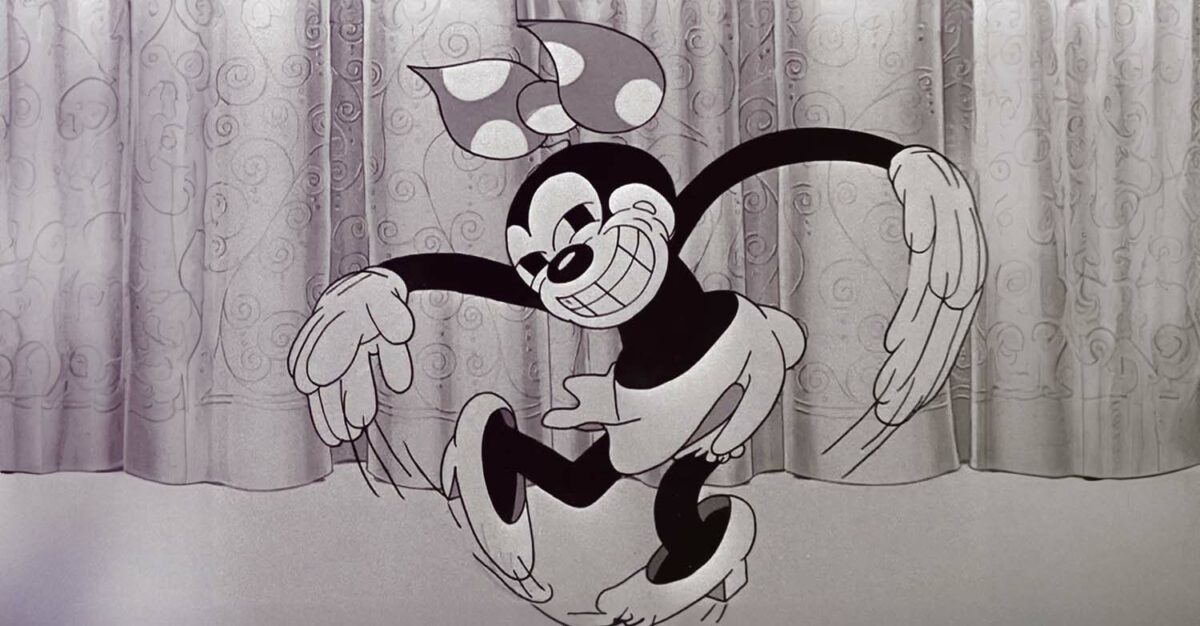The Art of Smear Frames
Since the mid-1900s, smear frames have been used in nearly every animated production. This is because they provide a cost-effective way to imitate the motion blur of characters and objects as they appear in live-action films.
At their simplest, smear frames connect an object or character from Point A to Point B in as few frames as possible, often only one frame to give the illusion of movement.
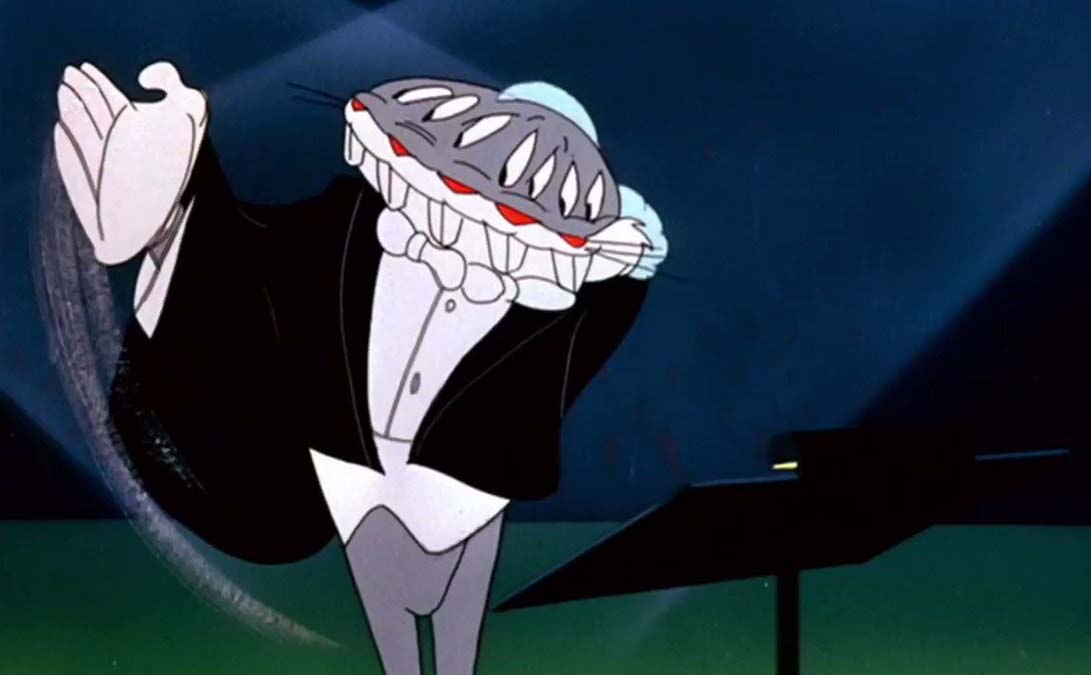
A smear frame of Bugs Bunny from Warner Brothers’ 1949 short Long-Haired Hare.
In this post, we’ll take you through a brief history of smear frames and their uses.
Early Smear Frames
Early cartoons needed a way to create motion blur to depict characters moving at high speeds. The earliest films achieved this using various techniques, such as increasing the frame rate, drawing action lines, or placing a cloud of smoke behind a character after they disappeared from the frame.
One of the earliest examples of the smoke technique is seen in “Feline Follies,” the 1919 cartoon featuring the first appearance of Felix the Cat, distributed by Paramount Pictures.

Later on, animators began using a dry brush dipped in paint to indicate the direction, speed, and distance an object had traveled. This technique helped convey motion more effectively.
Notable instances of this technique can be found in early Disney cartoons, such as the 1935 film “The Tortoise and the Hare.”
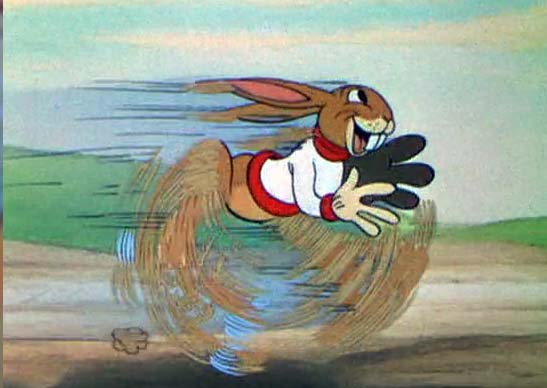
Many early Disney cartoons have this distinct dry brush look, a technique that has rarely been used since smears became popularized later on.
The “First” Smear Frame
The first use of a smear frame is often attributed to the 1942 Warner Brothers short, “The Dover Boys at Pimento University,” where animator Chuck Jones used smears to quicken the Dover Boys’ quirky movements.

This short film employs more than three dozen smears, and while it isn’t the first film to use smears, it did lay the groundwork for the technique.
The Actual First Smear Frame
While it’s difficult to pinpoint the first “actual” smear frame, many examples exist from earlier cartoons, particularly those from Warner Brothers.
The Bosko shorts are a great example of this. Bosko was a popular character appearing in 39 short films. He was created by Warner Brothers animators Hugh Harman and Rudolf Isling after leaving Disney in 1928.
Below is an example from the 1932 short “Battling Bosko,” in which the title character practices on a punching bag.
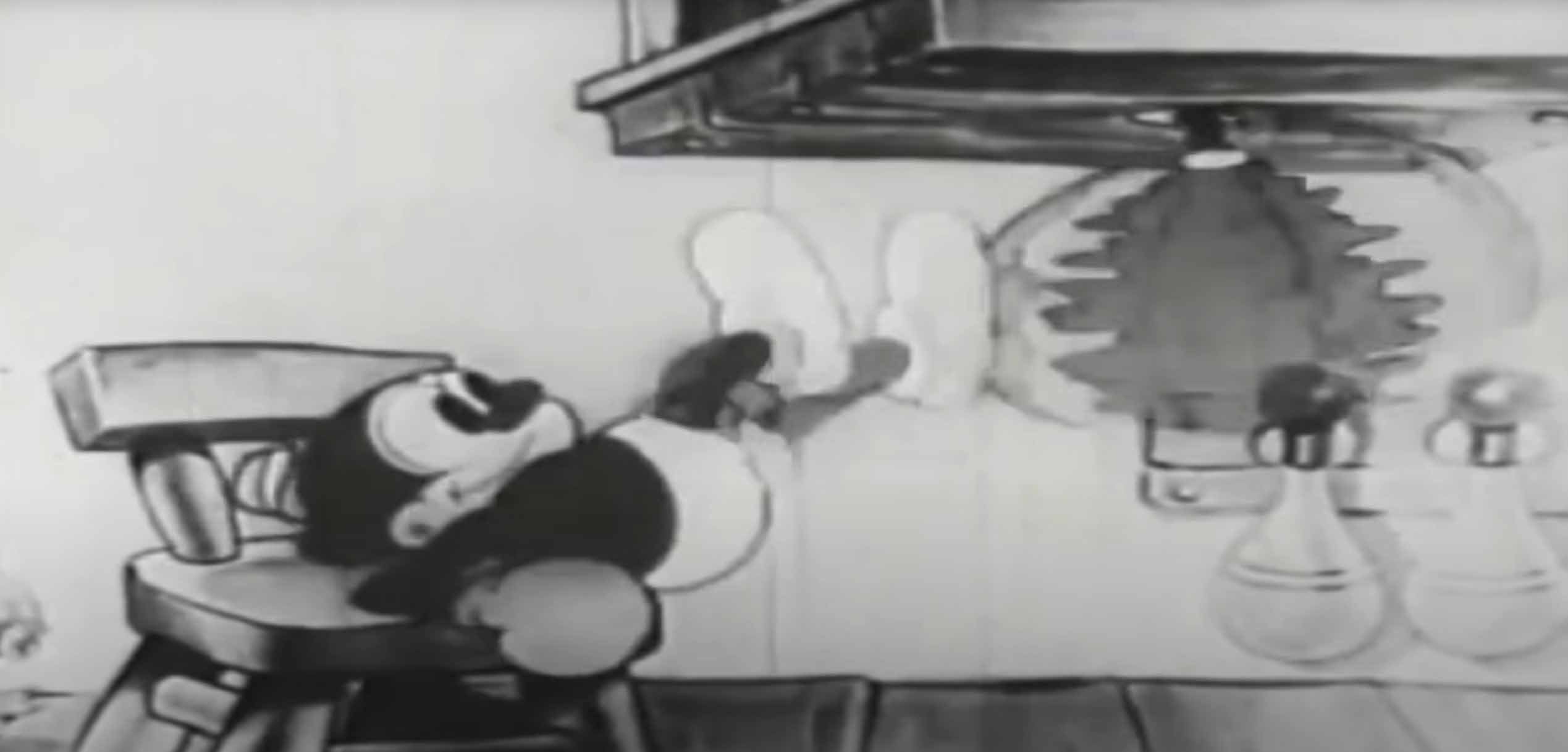
Another example comes from the 1933 short “Bosko in Person” in which Honey does a dance.
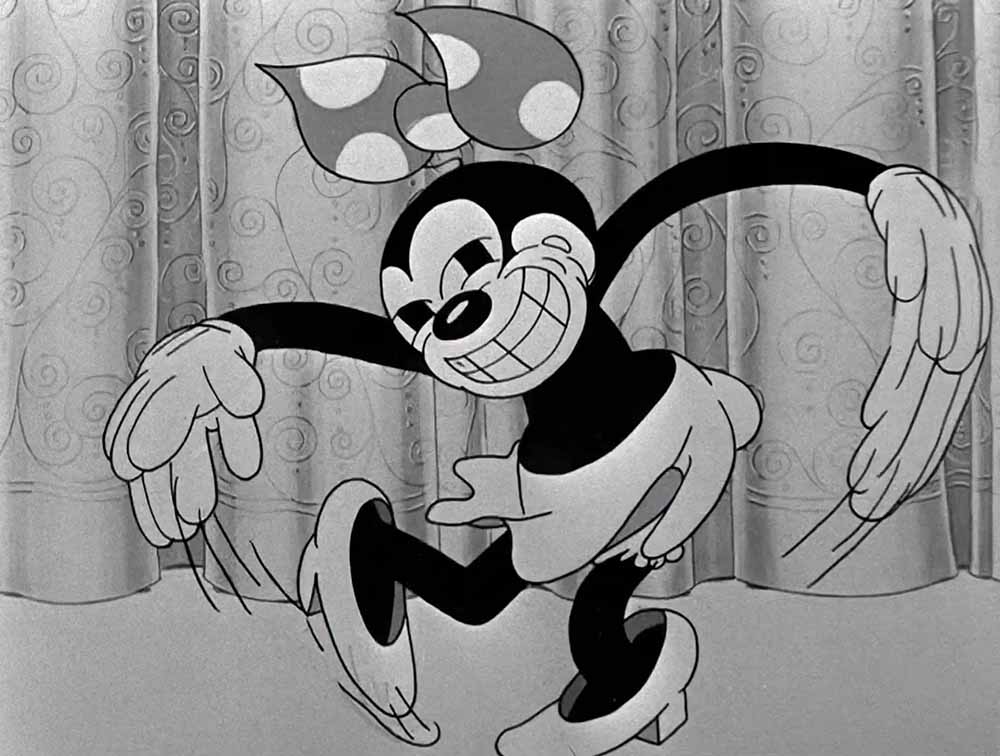
Fleischer Studios’ Popeye cartoons also frequently included smear techniques to enhance the effect of Popeye’s punches. For example, the 1936 Popeye cartoon “I’m in the Army Now” showcases this as Popeye winds up to punch Bluto against a wall.
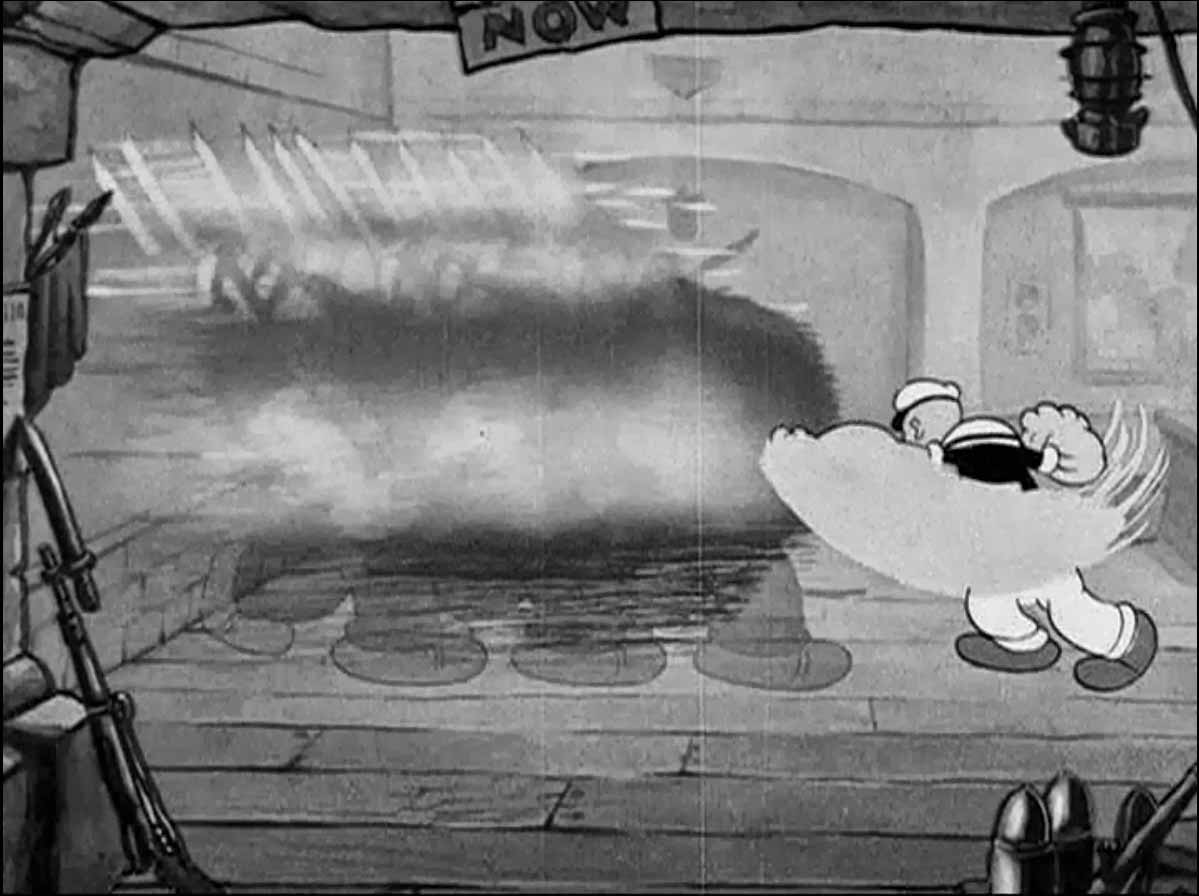
While most early smears intended to blur simple actions like a moving hand, or punching bag, Warner Brothers has many examples of more complex smears being created to quicken a character’s movement. Below is an example from the 1941 film Porky’s Pooch, in which Porky quickly turns around.
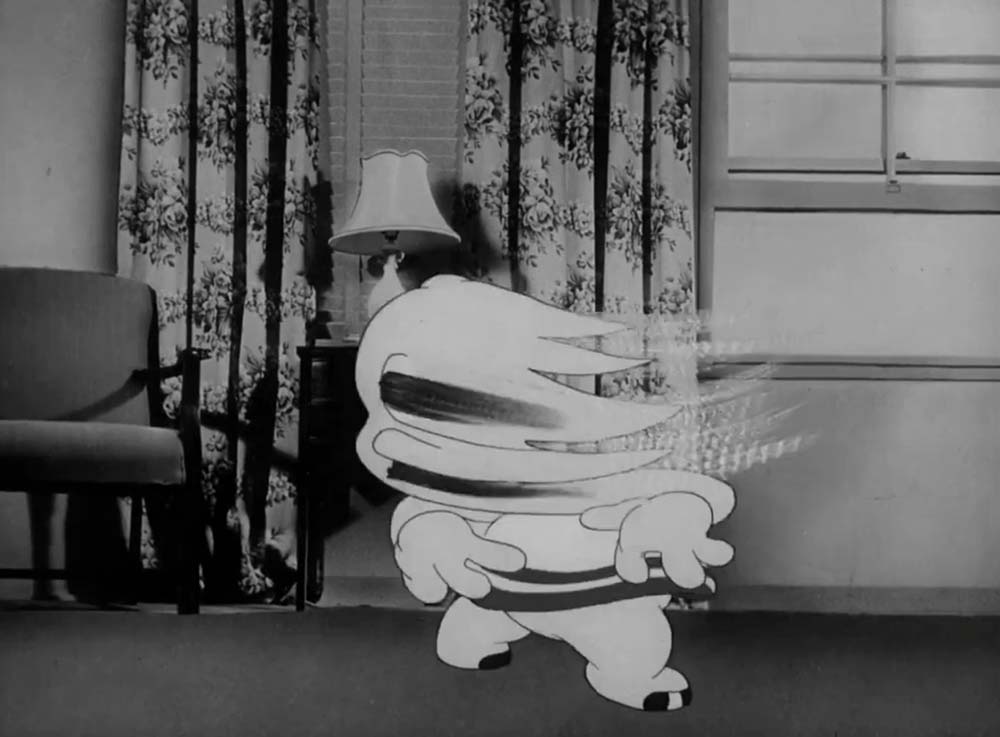
Smear Frames in 2D and 3D TV and Films
TV shows often rely heavily on smear frames because lower budgets require higher frame rates and more pose-to-pose action, making smear frames a perfect fit. As a result, these smears can often create ridiculous-looking drawings when transitioning a character from one point to another.
Below is an example from the 2002 Dexter’s Laboratory “Chicken Scratch” episode.
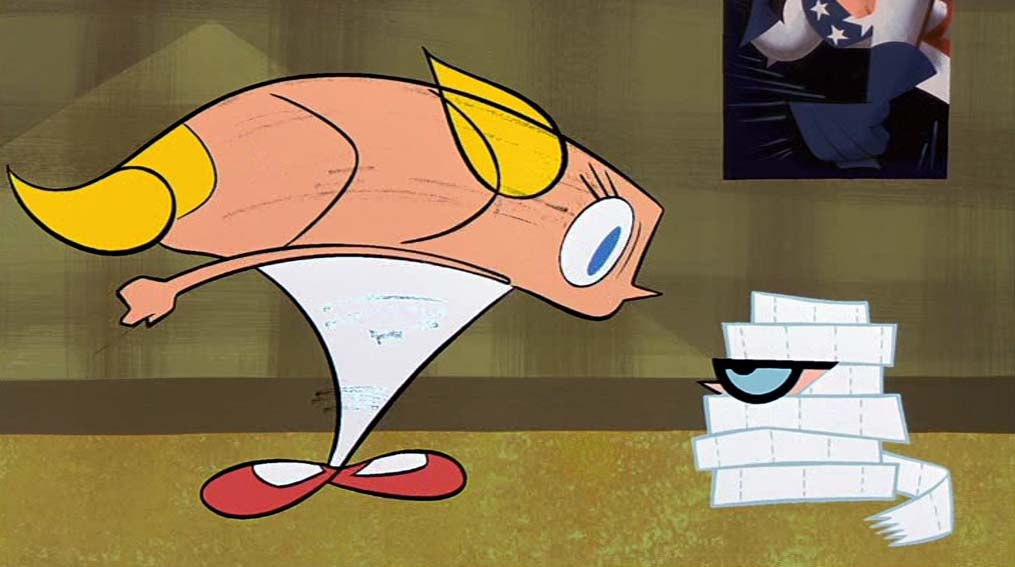
Smear frames have also found their way into feature films, though they’re not always as exaggerated as in television. While they more than often subtly enhance a character’s form, signaling an exaggerated acting performance, there are still many outlandish-looking examples. Below are some examples from “The Little Mermaid” (1989), “Cats Can’t Dance” (1997), “Aladdin” (1992), and “The Great Mouse Detective” (1986).

When it comes to CG animated films, the earliest ones didn’t incorporate smears due to the limitations in animation rigs. It wasn’t until 2012, with Genndy Tartakovsky directing “Hotel Transylvania,” that smears became more commonplace in CG animation. That’s because Genndy aimed to emulate Tex Avery’s iconic squash-and-stretch style, pushing for the inclusion of more exaggerated poses in the film.
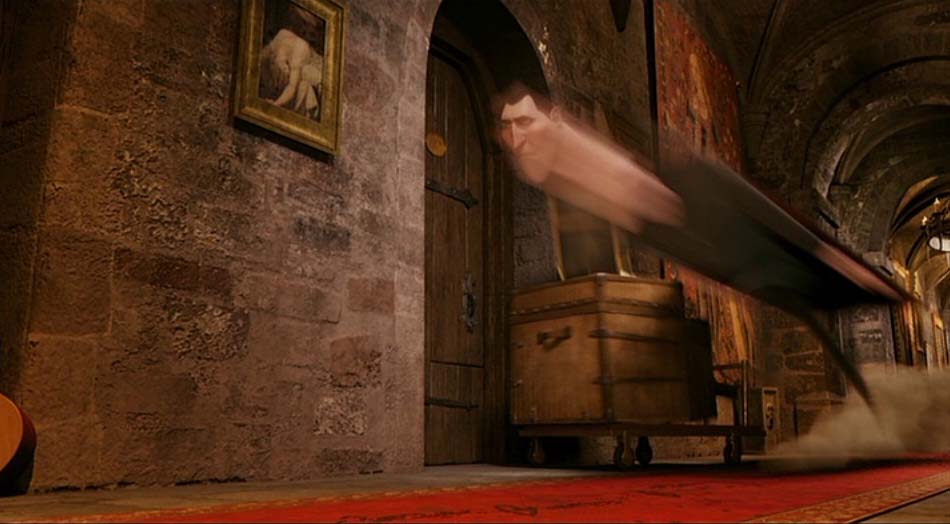
After this point, many other CG films started incorporating smears into their animation techniques as well. Below are a few more examples.
Warner Brothers 2017 “The LEGO Batman Movie.”
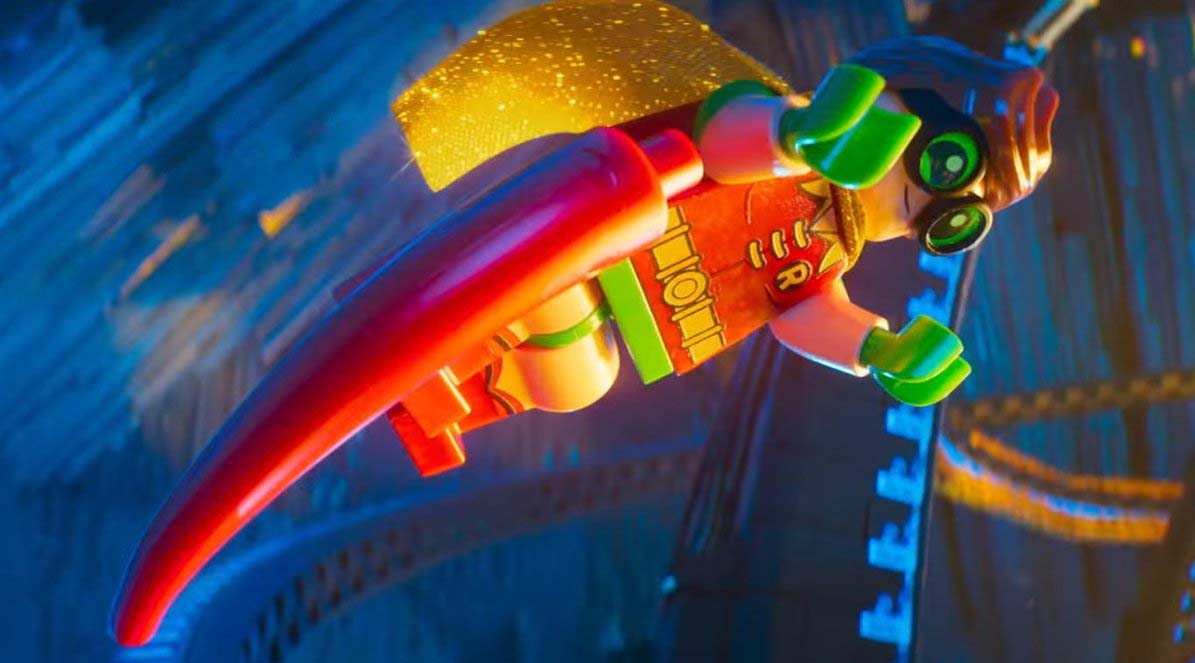
Disney’s 2021 “Encanto.”
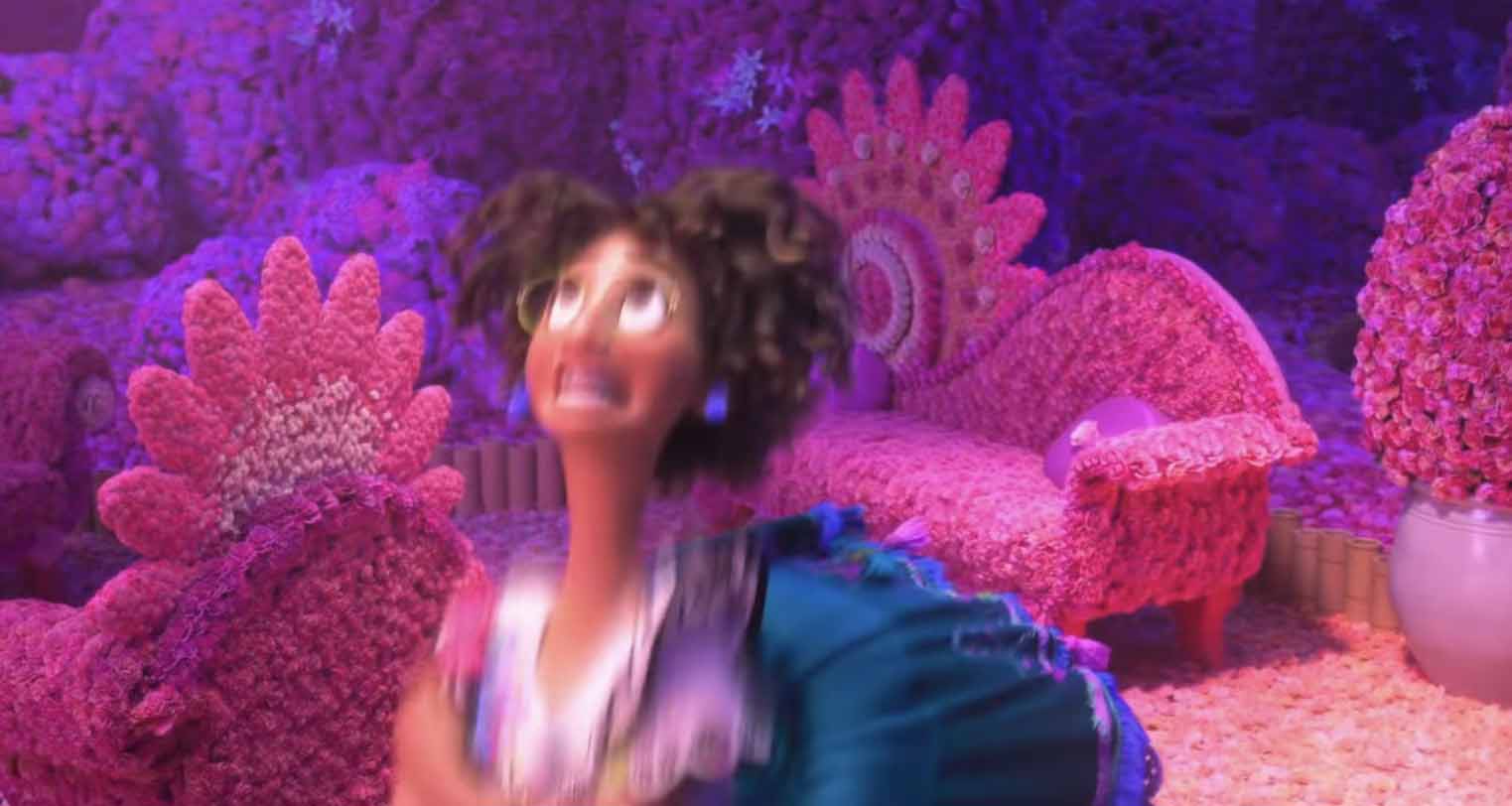
Smear Frames in Stop Motion
While smears in 2D animation offer an economical way to depict movement, in stop motion, they present the opposite challenge. Since puppets can’t be manipulated like they can in 2D or CG, smear frames must be physically crafted and replaced in-frame by an animator.
Due to the additional time and resources required to create extra puppets for smear frames, they’re not commonly used in stop motion. However, there are still some interesting examples found in film and television.
Below is an example from Laika’s 2012 “ParaNorman.” Here you can see three smears happening at once. The first is Neil’s nose, which is replicated twice to show an extra-fast recoil. The second is a duplication of the skeleton’s hand, which helps it move twice pulling away from Neil’s nose. The third is a stretching and duplication of Norman’s facial features to indicate a quick jerk backward.
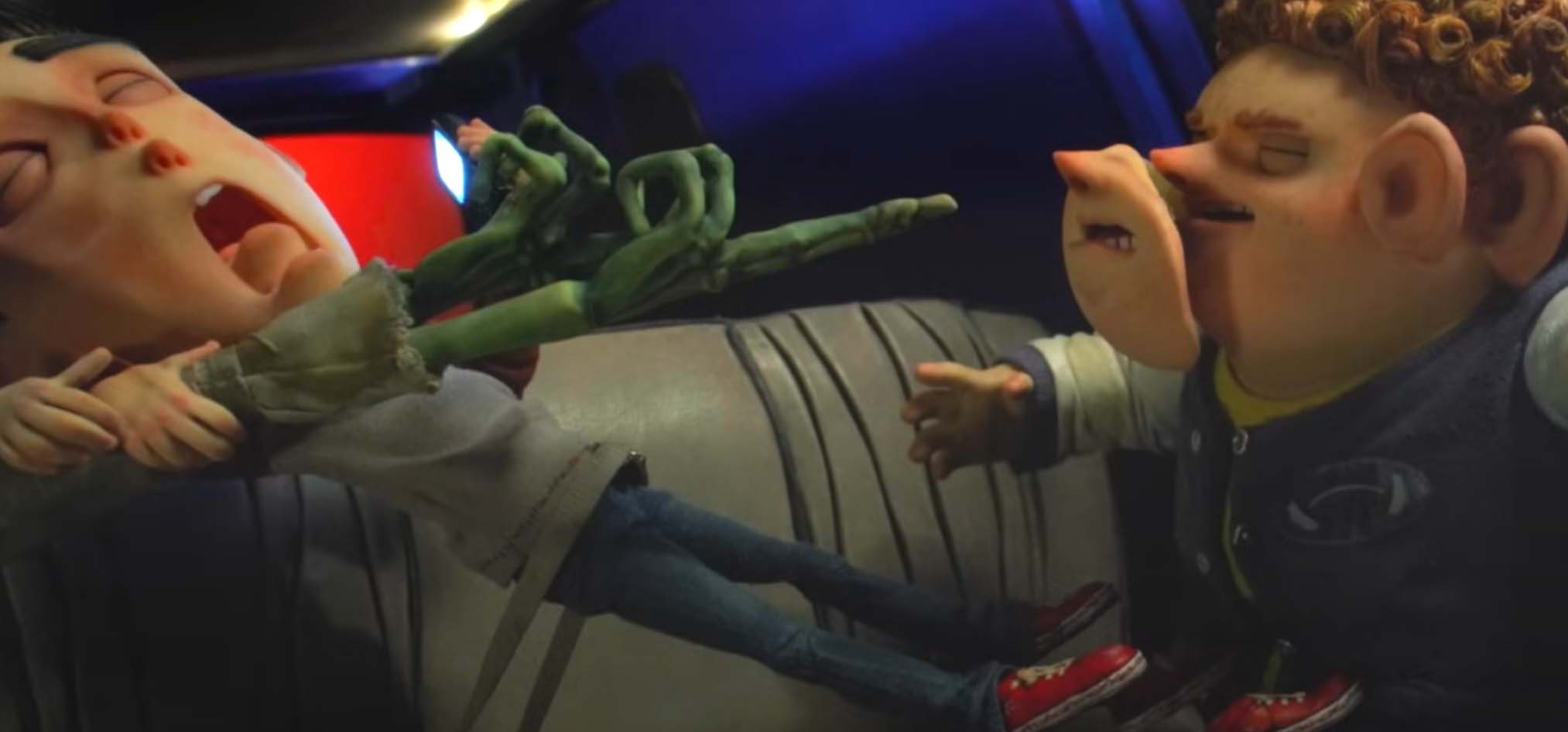
In the Let’s Go Luna 2021 “Jackalope” song, there’s a moment where a stop-motion character runs into a cave in just one frame. Below you can see the anticipation pose of the character about to run, the smear, and then the empty scene indicating they’ve entered the cave.

Smear Frames in Video Games
As expected, smear frames have also found their way into video games, most commonly in combat move sets featuring swords.
Below are a few examples of attack moves from “Hollow Knight,” “Castlevania: Lords of Shadow,” and “Genshin Impact.”

Where to Find Hundreds of Smear Frames Examples
If you’re a big fan of smear frames and enjoy seeing the creative ways animators have implemented them over the years, you may be interested in checking out the Instagram account called “ONE PERFECT FRAME.” This account posts hundreds of examples of smear frames from all sorts of cartoons throughout history.
¿Quiere saber más?
Aprende los principios básicos de la animación de personajes, incluyendo un estudio de los diferentes tipos de animación, el vocabulario básico y los 12 principios de la animación. Si estás empezando y quieres asegurarte de que los fundamentos están cubiertos - este curso es el mejor lugar para empezar.

